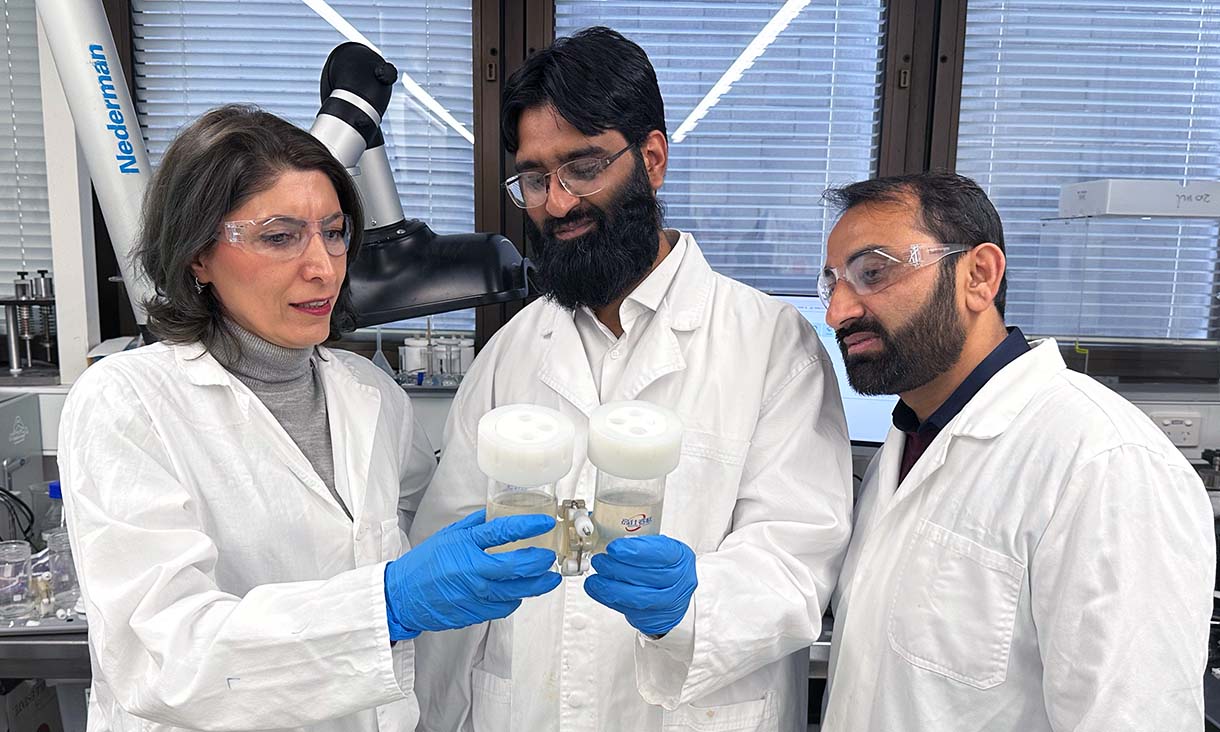Innovative Method Harnesses Wastewater to Boost Green Hydrogen Production
Key Ideas
- Researchers in Australia have developed a novel approach to accelerate hydrogen production by utilizing contaminants in wastewater, potentially turning an environmental issue into a sustainable solution.
- The team's experimental invention involves creating electrodes with an absorbent carbon surface that captures metals from wastewater to enhance green hydrogen production, offering a cost-effective and environmentally friendly method.
- The innovative process not only speeds up water splitting for hydrogen production but also has the potential to reduce pollution, address water scarcity, and contribute to the development of commercial systems for large-scale implementation.
- Further research is ongoing to optimize the catalyst process, ensuring its efficiency across various types of wastewater and paving the way for future collaborations with global companies and water authorities.
A recent research initiative in Australia led by Associate Professor Nasir Mahmood from RMIT’s School of Science has introduced an innovative method to boost green hydrogen production by leveraging wastewater resources. Collaborating with the University of Melbourne, Australian Synchrotron, and University of New South Wales, the team's approach involves harnessing contaminants in wastewater to accelerate hydrogen production, tackling the challenge of high contaminant loads that typically render wastewater unusable. By utilizing metals like platinum, chromium, and nickel found in wastewater, the researchers have developed electrodes with an absorbent carbon surface that acts as catalysts for efficient water splitting. This breakthrough not only enhances the production of green hydrogen but also contributes to pollution reduction and water management. The experimental invention has demonstrated continuous water splitting for 18 days in lab experiments, showcasing its stability and efficiency. Co-lead researcher Professor Nicky Eshtiaghi highlighted the potential of this innovation to reduce wastewater treatment costs while transforming it into a valuable source of green hydrogen. The team's dedication to refining the catalyst process for commercial use underscores their commitment to sustainability and further advancements in the energy sector. Their ultimate goal is to collaborate with global entities to develop commercial systems that can implement this technology on a larger scale, addressing both energy and waste management challenges.
Topics
Production
Sustainability
Research Collaboration
Wastewater Treatment
Energy Innovation
Water Management
Circular Economy
Latest News
